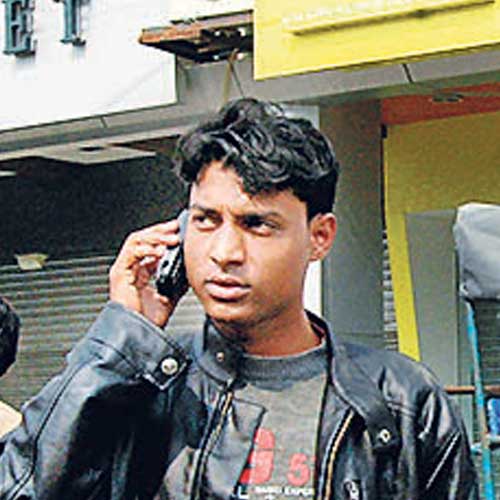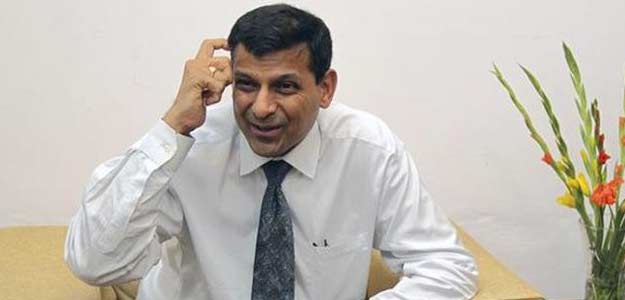RAMALLAH, West Bank — For the family of Sharif Abu Duheileh, one of 26 long-serving
Palestinian prisoners released by
Israel late Tuesday, this was a day of celebration.

The relatives of Mr. Abu Duheileh, who was sentenced in 1992 to a life term for hacking to death his employer, Avi Osher, in a date grove in a Jewish settlement in the West Bank, did not expect to see him set free.
“We thought his life was over,” Harbi Abu Duheileh, 60, said as he waited to greet his younger brother in the courtyard of the presidential compound here. “Now he is coming back to life again.”
Issa Abed Rabbo’s relatives, from the Dheisheh refugee camp in Bethlehem, filed into the compound after 10 p.m. carrying flags and pictures of Mr. Abed Rabbo, who was arrested in October 1984 and was serving a life term for killing two Israeli hikers, Revital Seri and Ron Levy, both university students. He had bound them at gunpoint, placed bags over their heads and shot them.
Mr. Abed Rabbo’s brother, Abed, insisted that the man and woman his brother had killed were soldiers, and that Issa was avenging the death of a 12-year-old cousin who had been killed by the Israeli Army.
In March, the president of the Palestinian Authority, Mahmoud Abbas, sent a representative to Mr. Abed Rabbo’s mother to praise her for her years of sacrifice.
Both Mr. Abu Duheileh, from Jiftlik in the Jordan Valley, and Mr. Abed Rabbo, are now in their 50s. They were included in the second batch of prisoners released as part of an American-brokered deal allowing the resumption of Israeli-Palestinian peace talks three months ago. The first group of 26
was released in mid-August; two more groups of 26 are expected to be freed in the coming months, a total of 104.
As in August, the Palestinian leadership prepared a hero’s welcome for the returnees, who arrived in Ramallah around 1:30 a.m. Wednesday. Patriotic songs blared from speakers as thousands of relatives, friends and supporters danced in knots. The freed men stood on a podium with Mr. Abbas and other officials, waving and flashing “V” signs at the cheering, whistling crowd.
Among Palestinians, those freed are seen as political prisoners who fought for the Palestinian cause. Harbi Abu Duheileh said that he was not proud of what his brother had done, but that “he was defending his land.”
In Israel, where the returnees are widely viewed as terrorists, the release on Tuesday, like the one in August, has stirred protests and anguish. Many said it was too heavy a price to pay for entering negotiations with no guarantee of a peace accord.
“We are no longer the victims of terrorism,” Merav Osher, 38, the daughter of the slain date farmer, said in a telephone interview on Tuesday, adding, “We are now the victims of the actions of an Israeli government that releases such prisoners.”
Ms. Osher said her family would not attend future state memorial ceremonies, calling them “hypocritical” in light of the prisoner release. On Monday night, she joined about 3,000 Israelis in a protest outside a West Bank detention center where the 26 Palestinian prisoners had been transferred in preparation for their release.
Ms. Osher, who was 16 when her father was killed, now lives in the Tel Aviv area. But after hearing that her father’s killer was to be released, she said, she decided to renovate her parents’ home in the Jordan Valley settlement of Bekaot, not far from Jiftlik. She said she planned to move back there soon.
In agreeing on terms for the talks, Prime Minister Benjamin Netanyahu of Israel chose a prisoner release over a freeze in settlement construction or an acknowledgment of the 1967 lines as the basis for borders of a Palestinian state. Mr. Abbas pledged to hold off efforts to upgrade the Palestinian role in international organizations for the nine months allotted for the talks.
“This is a difficult decision that we have made with a heavy heart,” Israel’s defense minister, Moshe Yaalon, said on Tuesday. Israeli analysts said the four-stage release of the prisoners gave the Palestinians an incentive to remain in the negotiations. But for many Israelis, the repetition only prolongs the pain.
The low visibility of the talks, which are taking place in secrecy, and a recent spate of violent episodes in the West Bank in which several Palestinians and Israelis have died have not contributed to public enthusiasm for the peace process on either side.
Some prisoners’ relatives said it was now time to make peace with Israel. But Hussein Aidi, 54, was not among them. Mr. Aidi, who grew up with Mr. Abu Duheileh, said, “As long as there is occupation, there is resistance.”
As male relatives hustled him out of the compound to waiting cars, an elated Mr. Abu Duheileh said, “Freedom is priceless.”
By releasing the prisoners after midnight, the Israeli authorities had sought to minimize the impact of the joyous scenes in Ramallah. The freed prisoners sped off in noisy convoys through empty, darkened streets while most Palestinians and Israelis were asleep.
Said Ghazali contributed reporting.










